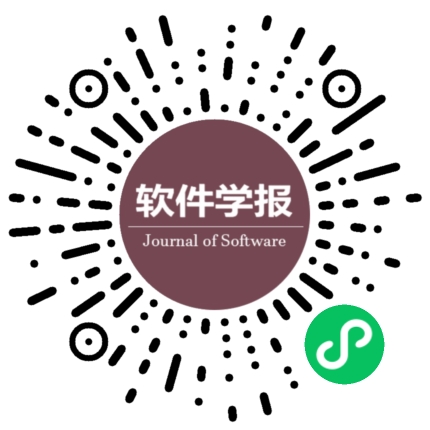时序图节点嵌入策略的研究
作者:
作者单位:
作者简介:
吴安彪(1993-),男,博士生,CCF学生会员,主要研究领域为图数据库,图神经网络.
袁野(1981-),男,博士,教授,博士生导师,CCF高级会员,主要研究领域为大数据管理,数据库理论与系统.
马玉亮(1990-),男,博士,主要研究领域为图数据库,基于位置的社交网络(LBSN)挖掘.
王国仁(1966-),男,博士,教授,博士生导师,CCF杰出会员,主要研究领域为不确定数据管理,数据密集型计算,可视媒体数据管理与分析,非结构化数据管理,分布式查询处理与优化技术,生物信息学.
通讯作者:
袁野,E-mail:yuanye@mail.neu.edu.cn
中图分类号:
基金项目:
国家自然科学基金(61932004,62002054,61732003,61729201);中央高校基本科研基金(N181605012);中国博士后科学基金(2020M670780)
Node Embedding Research over Temporal Graph
Author:
Affiliation:
Fund Project:
National Natural Science Foundation of China (61932004, 62002054, 61732003, 61729201); Research Funds for the Central Universities (N181605012); China Postdoctoral Science Foundation Funded Project (2020M670780)
引用本文
吴安彪,袁野,马玉亮,王国仁.时序图节点嵌入策略的研究.软件学报,2021,32(3):650-668
复制相关视频
分享
文章指标
- 点击次数:
- 下载次数:
- HTML阅读次数:
历史
- 收稿日期:2020-07-19
- 最后修改日期:2020-09-03
- 录用日期:
- 在线发布日期: 2021-01-21
- 出版日期: 2021-03-06
文章二维码

您是第位访问者
版权所有:中国科学院软件研究所 京ICP备05046678号-3
地址:北京市海淀区中关村南四街4号,邮政编码:100190
电话:010-62562563 传真:010-62562533 Email:jos@iscas.ac.cn
技术支持:北京勤云科技发展有限公司
版权所有:中国科学院软件研究所 京ICP备05046678号-3
地址:北京市海淀区中关村南四街4号,邮政编码:100190
电话:010-62562563 传真:010-62562533 Email:jos@iscas.ac.cn
技术支持:北京勤云科技发展有限公司



